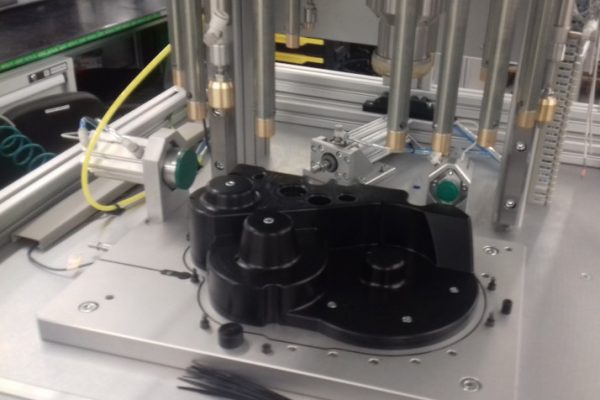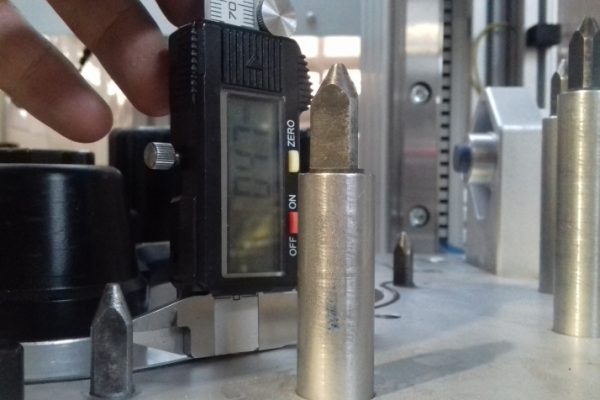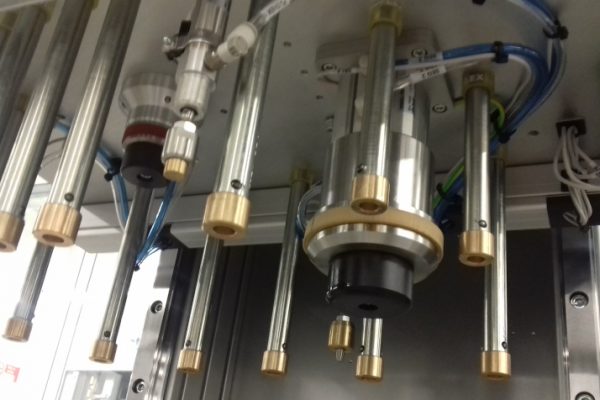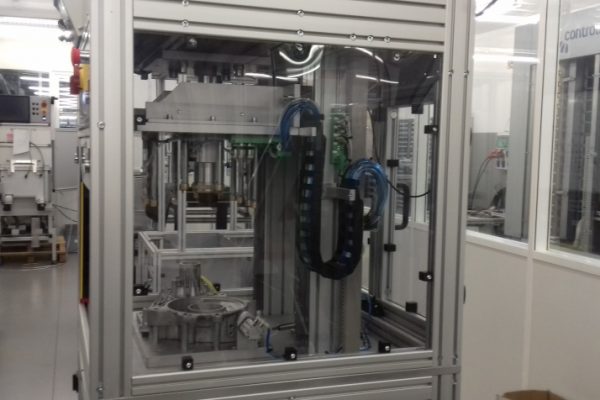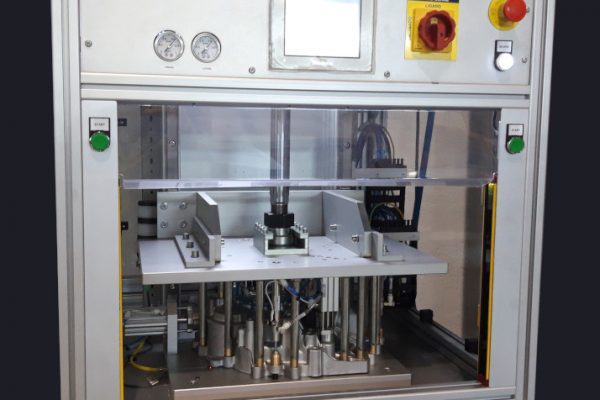Leak Tester
For Industrial Quality Control
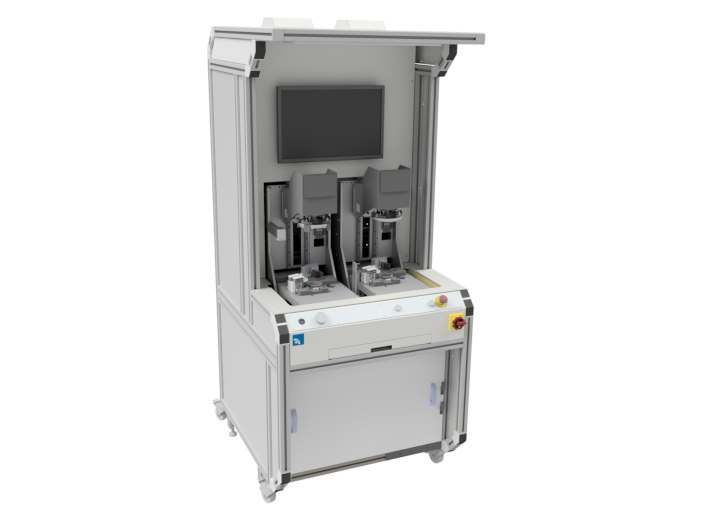
Reference Tech Specs
Dimensões
(em mm)
800(C) x 920(L) x 2230(A)
Peso
250 kg
Power Supply
Voltageo
Current
Power
230V AC
50/60 HZ
1,5 kW
Test pressure range
0 a 4 bar
Fuga admíssivel
0 a 200cc/min
Leak Test Instrumentation
Fortest; ATEQ; Alicat
Opcional
RS232; barcode reader; USB; printer
Overview
Controlar Leak Tester is intended to perform leak testing during the manufacturing of components, which are expected to be leakproof, in order to detect leaks from incorrect production or lack of quality control.
A leak test is a process used to detect manufacturing anomalies and check products integrity, specially if a certain leakproof product has a leakage higher than the allowable leak rate, either from the inside to the outside or vice versa.
This quality inspection technique leads to the detection of potentially dangerous leaks and allows a more efficient implementation of maintenance and repair actions on the production process equipment with direct impact on the reduction of operating costs.
Product Configuration
There are several methods of leak testing, which depend on three factors:
- Purpose of the test (critical factor to detect the anomaly)
- Specification of the allowable leak rate
- Test cycle time (production cell test time)
Controlar Leak Tester uses the concept of differential pressure measurement, which refers to the leakage of gas or liquid from the product. After placing the DUT on the JIG, the entire process of indexing, sealing and testing occurs automatically. The operator is free during this time to perform other tasks.
General Features of Controlar Leak Tester:
- Leak test up to 4 bar and adjustable clamping force up to 12 kN;
- Self-centering circumferential sealing through pneumatic actuator;
- Universal station with independent and configurable pneumatic actuators;
- Interchangeable JIGs. Allows the testing of several DUTs in the same station
Main Applications
Controlar Leak Tester is the ideal solution for leak testing in the automotive field in order to verify that the assembly operations were properly completed and that the subcomponents are free of leaks. However, it can also be used in other industries and adaptable to customer requirements.
